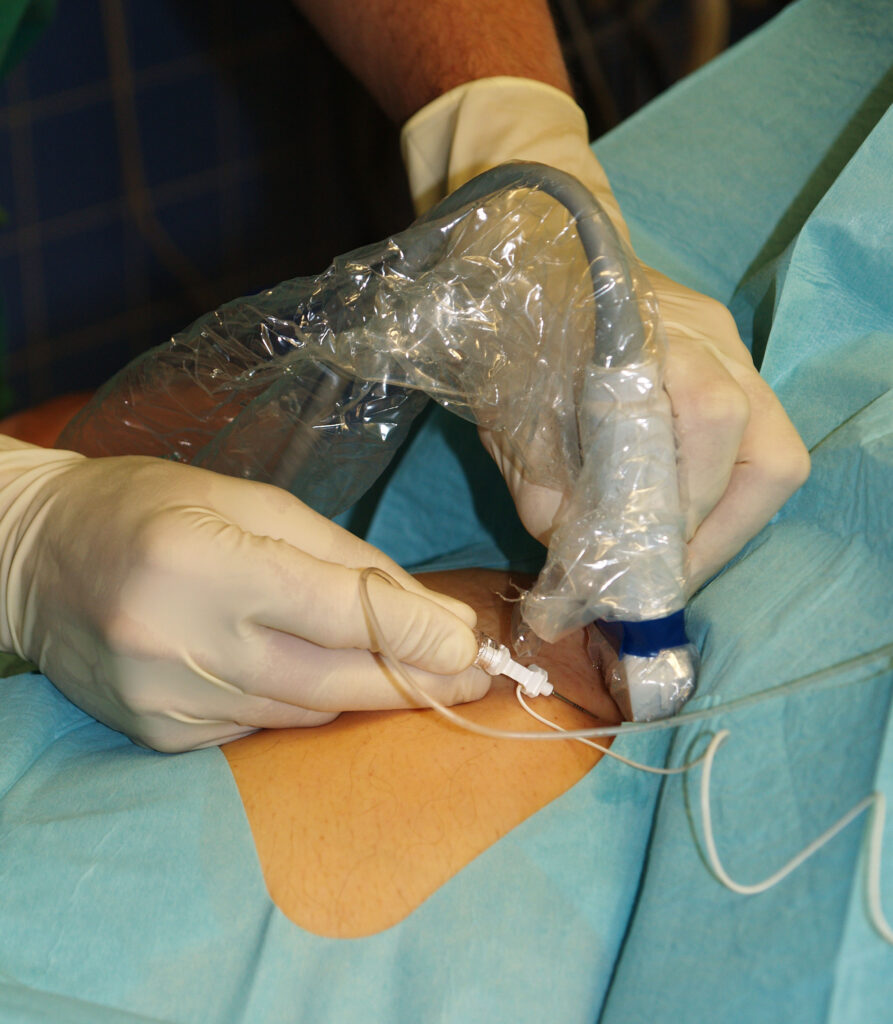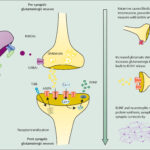Major nerve blocks play a crucial role in modern surgical anesthesia by providing targeted pain relief while minimizing systemic side effects. These techniques involve the injection of local anesthetics near major nerves to block pain transmission, allowing for effective surgical interventions and postoperative pain management.

Types of Major Nerve Blocks
1. Peripheral Nerve Blocks
Peripheral nerve blocks involve anesthetizing specific nerves outside the spinal cord to numb particular regions of the body.
- Brachial Plexus Block: Used for shoulder, arm, and hand surgeries.
- Femoral Nerve Block: Commonly performed for knee surgeries and hip procedures.
- Sciatic Nerve Block: Effective for lower limb and foot surgeries.
- Popliteal Nerve Block: Applied for ankle and foot procedures.
2. Neuraxial Blocks
Neuraxial anesthesia targets nerves within the spinal column, offering broader pain control.
- Epidural Block: Injected into the epidural space; used for labor pain, lower abdominal, and lower limb surgeries.
- Spinal Block: Administered into the cerebrospinal fluid; provides rapid, profound anesthesia for lower body procedures.
3. Truncal Nerve Blocks
Truncal nerve blocks target nerves in the torso to provide analgesia for surgeries involving the chest and abdomen.
- Paravertebral Block: Used for thoracic surgeries and mastectomies.
- Rectus Sheath Block: Beneficial for abdominal wall procedures.
- Transversus Abdominis Plane (TAP) Block: Reduces postoperative pain after abdominal surgeries.
Techniques of Nerve Block Administration
1. Landmark-Guided Technique
This traditional approach relies on anatomical landmarks and manual palpation to identify nerve locations for injection.
2. Nerve Stimulation Technique
A low-intensity electrical stimulus helps locate the nerve, ensuring precise needle placement and anesthetic delivery.
3. Ultrasound-Guided Nerve Blocks
Ultrasound technology allows real-time visualization of nerves and surrounding structures, improving accuracy and reducing complications.
Advantages of Major Nerve Blocks
- Superior Pain Control: Reduces the need for systemic opioids and their associated side effects.
- Reduced Recovery Time: Faster postoperative recovery and ambulation.
- Lower Risk of General Anesthesia Complications: Minimizes risks such as nausea, vomiting, and respiratory depression.
- Improved Patient Satisfaction: Enhances overall comfort and satisfaction post-surgery.
Potential Risks and Complications
- Nerve Damage: Rare but possible, especially with improper needle placement.
- Infection: Can occur if proper aseptic techniques are not followed.
- Hematoma: Bleeding at the injection site, particularly in patients on anticoagulants.
- Systemic Toxicity: Overdose of local anesthetics can lead to toxicity affecting the heart and central nervous system.
Postoperative Considerations
- Monitoring: Patients should be closely monitored for adverse effects.
- Pain Management Plan: Multimodal analgesia should be considered to optimize pain relief.
- Rehabilitation: Physical therapy may be needed for nerve block recovery.
Major nerve blocks are essential tools in surgical anesthesia, offering effective pain management while reducing reliance on systemic analgesics. With advancements in techniques, particularly ultrasound guidance, their safety and efficacy continue to improve. Understanding their applications, benefits, and risks ensures optimal patient outcomes in surgical procedures.

